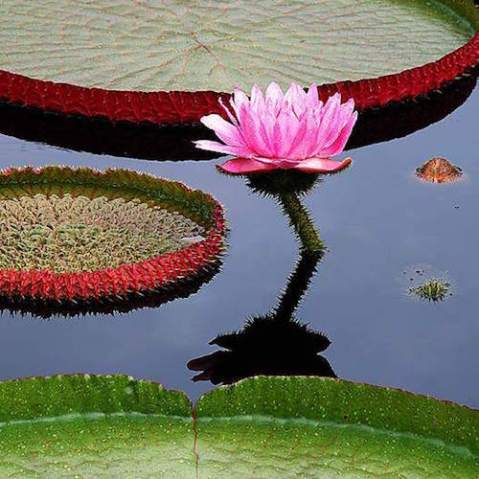Evoking emotion in your landscape photos
A photograph that has the power to evoke an emotional response has the greatest impact on the viewer. There are many different aspects of composition that help stir a person’s emotions. Each has its own unique energy and mood depending on the subject matter and tonal quality.
 Colour, light, texture, and detail create a bold, yet dreamy mountainscape in the Great Smoky Mountains National Park. Great Smoky Mountains National Park, NC
Colour, light, texture, and detail create a bold, yet dreamy mountainscape in the Great Smoky Mountains National Park. Great Smoky Mountains National Park, NC
ƒ/8 | 1/60 sec | ISO 100 | focal length 110 mm
Colour, light, tonal contrast, texture, detail, perspective, lines, atmosphere, clouds, motion, potential and kinetic energy, subject matter, people, wildlife, animals, and expressions are among the many elements that can contribute to evoking emotion in a photograph.
There are several basic emotions—love, joy, surprise, sadness, anger, and fear. Combinations of these, along with additional stimuli, help create all of the subtle nuances we feel. We all have many different emotional responses to various stimuli that result in us simply being either happy, or unhappy, and it’s the same with a photograph. When looking at any photo, however similar it might be to another, the unique combinations of elements in it will evoke a different emotional response from any other photo.
Each colour creates its own mood; some are relaxing, others are more stimulating. A soft, warm-toned sunrise stimulates a different emotion to one with intensely lit clouds. Each new texture adds a different mood, while images that feature wildlife or people pull at us in yet another way.
 The colour of sunrise is a common emotive trigger, as is wildlife. Jones Beach State Park, NY ƒ/11 | 1/60 sec | ISO 100 | focal length 100mm
The colour of sunrise is a common emotive trigger, as is wildlife. Jones Beach State Park, NY ƒ/11 | 1/60 sec | ISO 100 | focal length 100mm
One of the most important factors in evoking emotion in a photograph is being in touch with those emotions yourself. Don’t try to work a scene too quickly. If you find you aren’t feeling the emotions, take a few minutes to slow down and become absorbed by the scene. Treat it as a meditation. Close your eyes, feel the warmth of the sun, and tune in to the sounds around you.
This is a process that can be practised wherever you are, whether or not you have a camera in your hand. Take notice of whatever it is that attracts your eye and triggers an emotion. Perhaps it’s a flower, or a colour in the sky, or an action by a person or animal? Notice what type of emotion you are sensing. Is it happy or sad? Go further and feel where it affects your body, and how. Then notice whether there are any other features in the view that affect the composition and that mood. Maybe there’s a whole flower bed involved, or there’s a particular way the landscape is related to the sky, or there’s another element that is a part of the action.
Acclaimed photographer Carl E. Heilman II has been photographing the landscape for more than thirty years. In this comprehensive guide, he shares the latest techniques for capturing professional-quality digital images in the field. Bursting with hundreds of inspiring images and a genuine passion for the natural world, Advanced Digital Landscape Photography is the definitive guide for today’s outdoor photographer.
 Advanced Digital Landscape Photography
Advanced Digital Landscape Photography
Carl Heilman II
Buy it now! RRP for print edition: £15.99







